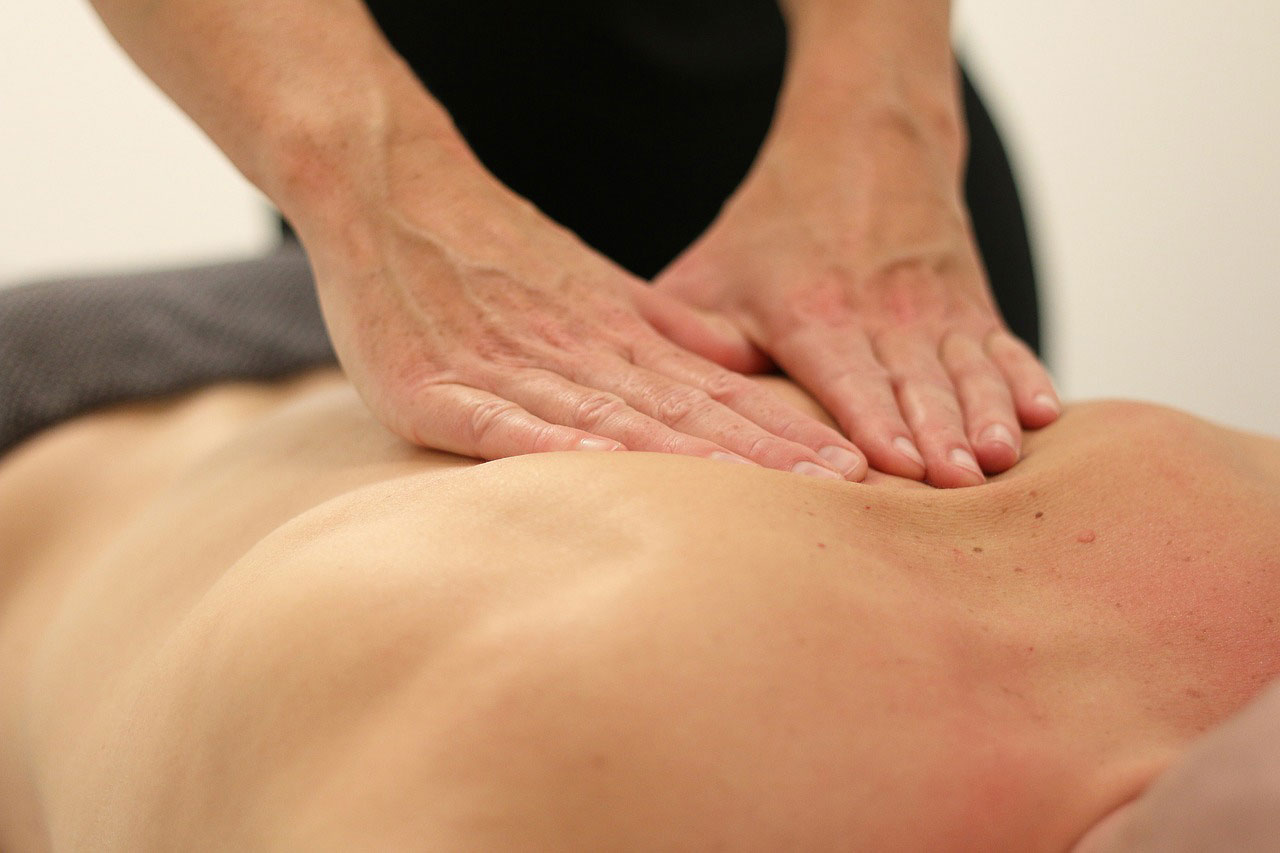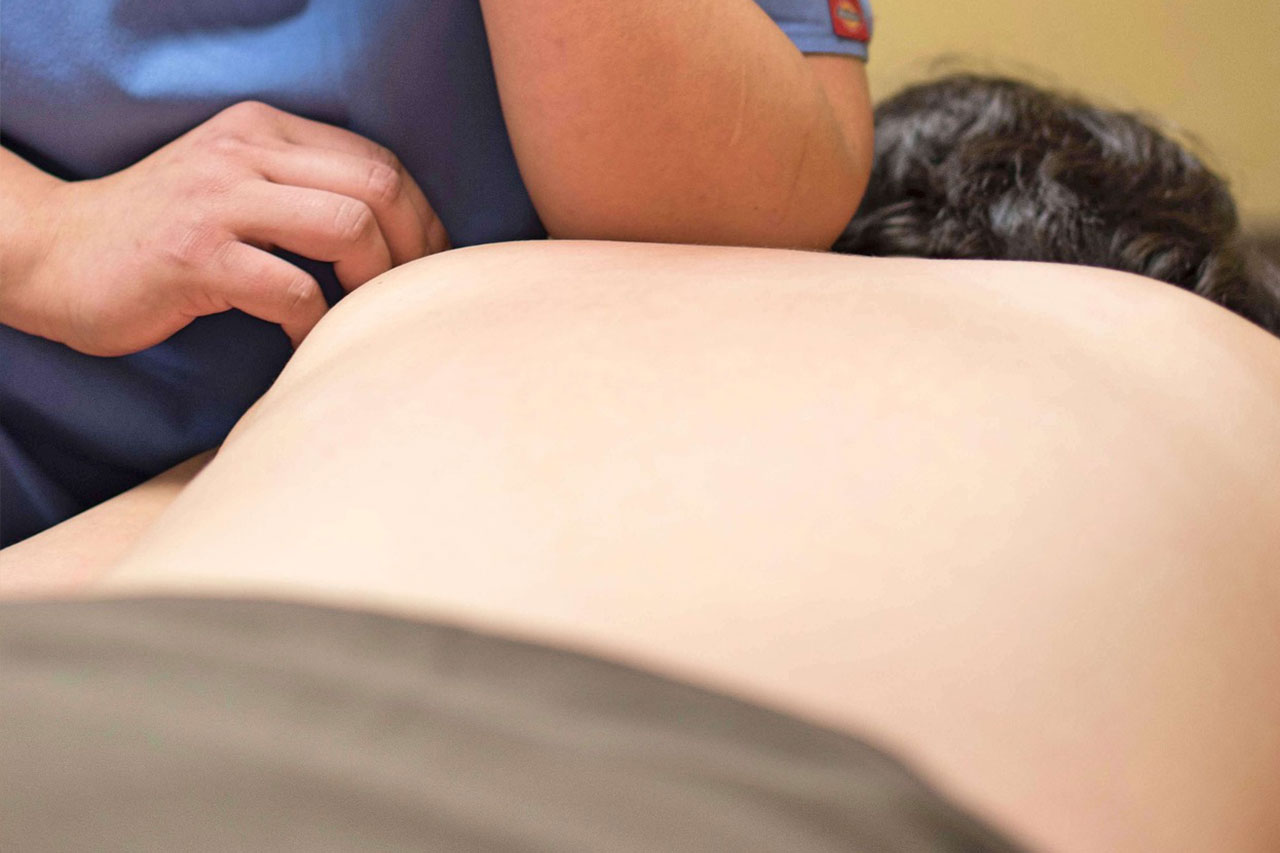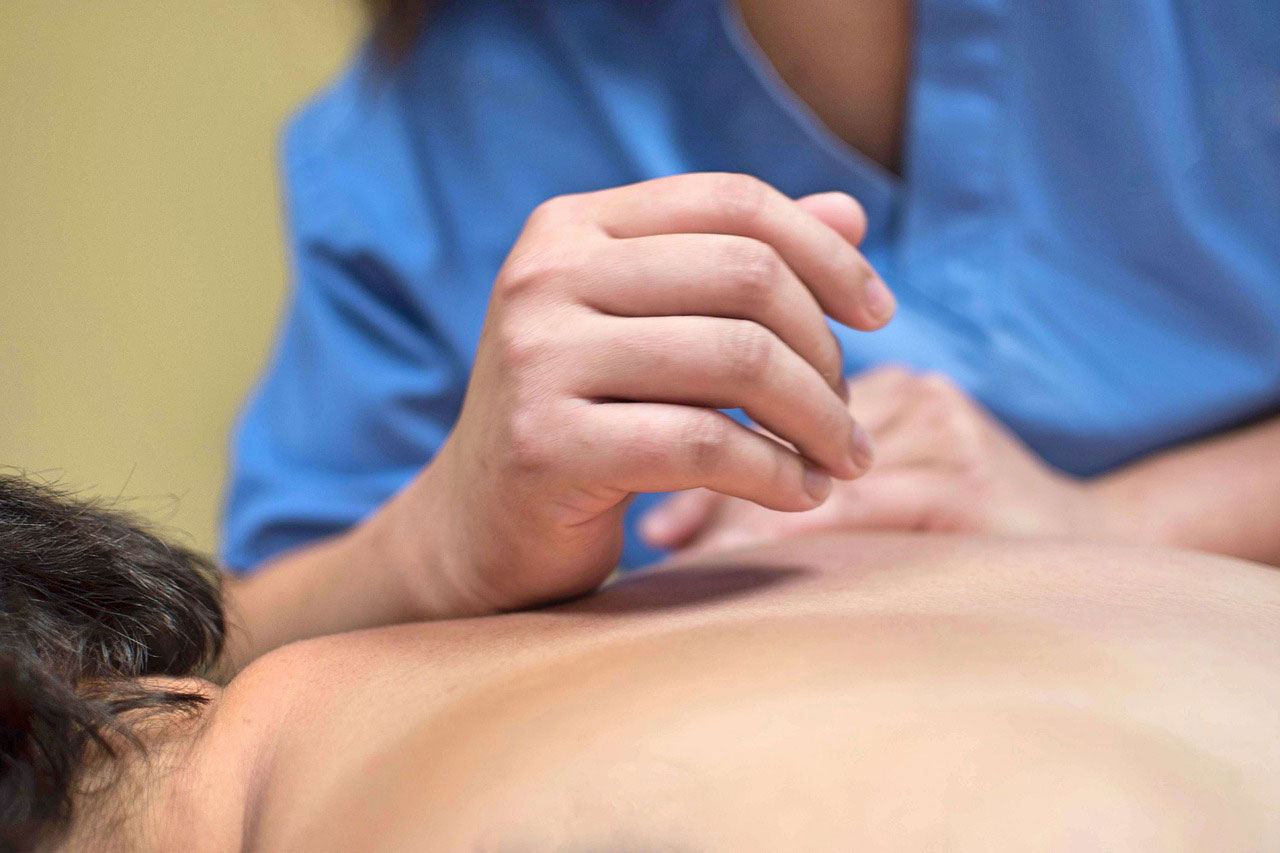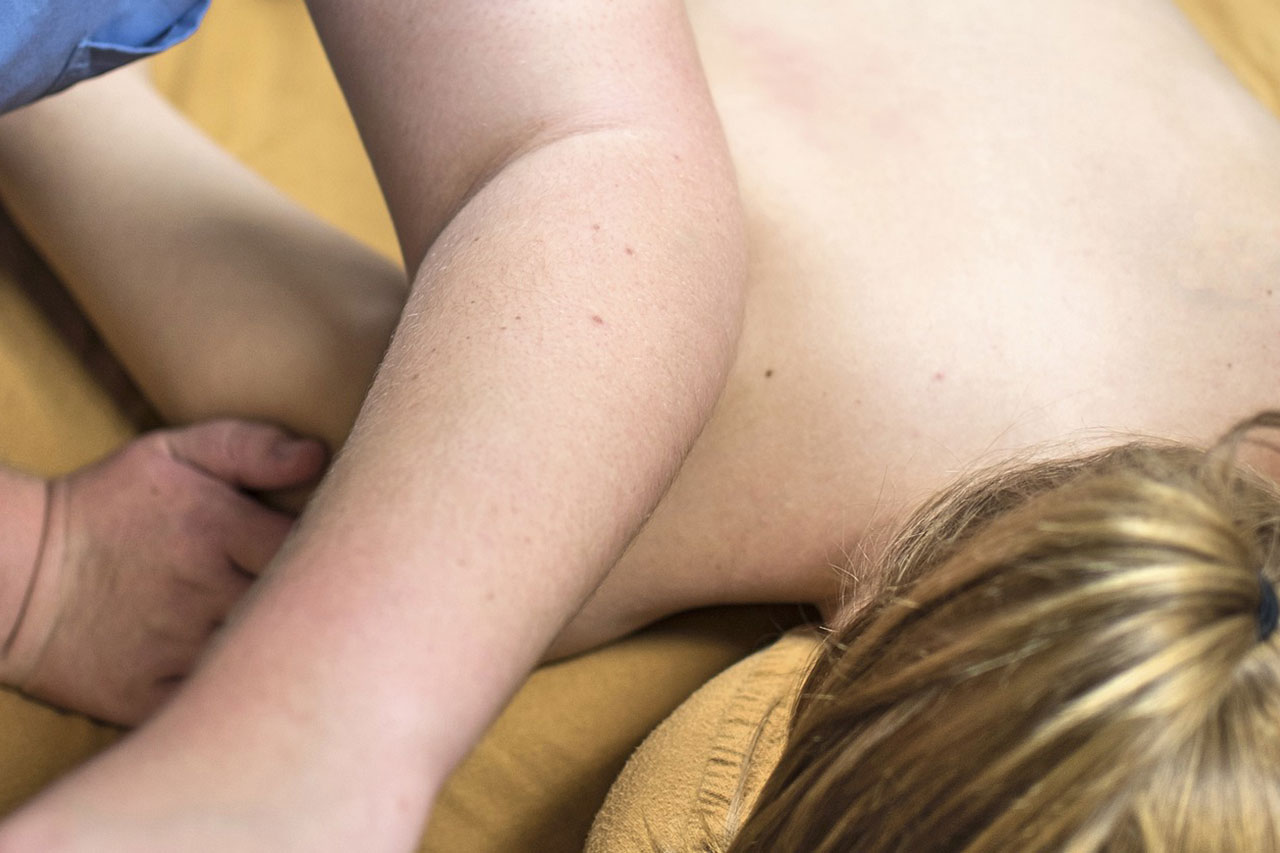Deep Tissue Massage
Deep Tissue Massage
What is deep tissue massage?
Deep tissue massage is a massage technique that’s mainly used to treat musculoskeletal issues, such as strains and sports injuries. It involves applying sustained pressure using slow, deep strokes to target the inner layers of your muscles and connective tissues. This helps to break up scar tissue that forms following an injury and reduce tension in muscle and tissue.
During a deep tissue massage, the process typically involves the following steps:
Client Consultation: The session typically begins with a consultation where the therapist discusses the client’s medical history, specific issues, and desired outcomes. This helps customize the massage to address the client’s unique needs.
Preparation: The client is asked to lie down on a massage table, usually undressed to their comfort level and covered with a sheet or towel. Only the area being worked on is exposed.
Application of Oil or Lotion: To reduce friction and allow for smooth strokes, the therapist often applies a lubricating substance to the client’s skin.
Slow Strokes: The therapist starts with broad, gliding strokes to warm up the muscles and assess any tension areas. These initial strokes are generally gentle and used to relax the surface muscles.
Focused Pressure: As the session progresses, the therapist uses their fingers, knuckles, elbows, and sometimes even forearms to apply deep pressure to specific areas of tension or pain. This deep pressure helps release adhesions and knots in the muscles.
Communication: It’s crucial for the client to communicate with the therapist regarding pressure intensity. Clients should speak up if the pressure is too much or too little to ensure a comfortable and effective massage.
Stretching: In some cases, therapists may incorporate stretching techniques to further improve flexibility and alleviate tension.
Cool Down: Towards the end of the session, the therapist may return to lighter, soothing strokes to help the body transition from deep pressure to relaxation.
Hydration: After the massage, clients are often advised to drink plenty of water to help flush out toxins released during the massage.
Post-Massage Discussion: Therapists may provide post-massage recommendations, such as stretches or self-care tips, and discuss any follow-up sessions if needed.
People have also reported that deep tissue massage helps with:
- Relieves chronic muscle tension
- Reduces pain and inflammation
- Improves mobility and flexibility
- Promotes post-exercise recovery
- Breaks down scar tissue
- Manages chronic conditions
- Lowers stress and anxiety
- Enhances posture



